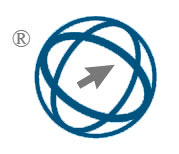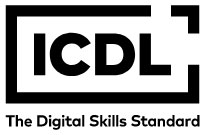Optimized Unsupervised Semantic Trajectory Mining for Personalized Tourism Recommendations
Abstract
With the advent of the big data era, tourists receive a massive amount of travel information every day, and traditional personalized travel recommendation methods are difficult to provide personalized travel recommendation services. Therefore, the study first introduced a multi granularity recommendation framework based on attention mechanism, and then designed an unsupervised multi-implicit semantic trajectory mining model. The multi granularity recommendation framework was used for optimization to obtain more comprehensive user preferences. Finally, based on this, an intelligent personalized tourism recommendation method was established. The study used a dataset of user travel trajectory data collected and processed from various popular travel portals for subsequent testing, and evaluated the performance of different recommendation models from three aspects: computational efficiency, overall utility, and resource utilization. Accuracy, average training time F1 value, and resource utilization were selected to evaluate the performance of different recommendation models. The research results showed that compared with other algorithms, the recall and accuracy growth rates based on the optimized unsupervised multiple cryptic semantic trajectory mining model were the fastest, with corresponding recall and accuracy rates of 86.57% and 97.62%, respectively. Furthermore, in comparison with the most prevalent personalized tourism recommendation model, which was based on an enhanced frog leaping algorithm, the proposed model, which was based on an optimized unsupervised multiple implicit semantic trajectory mining model, demonstrated an average increase of 10.3% and 8.9% in Hit Ratio and normalized cumulative loss gain, respectively. In a comparison of the performance of the research method with that of mainstream algorithms, the research method was found to perform the best, demonstrating excellent results in terms of computational efficiency, F1 value, and resource utilization. The values for these metrics were 11.24 s, 97%, and 91%, respectively. Finally, in practical applications, two tourism planning schemes for visiting Guilin were generated based on user needs, and users were very satisfied with the generated results. In summary, the method proposed in the study has good performance and can effectively improve user satisfaction and service quality in the tourism industry
Full Text:
PDFDOI: https://doi.org/10.31449/inf.v49i5.7013

This work is licensed under a Creative Commons Attribution 3.0 License.









